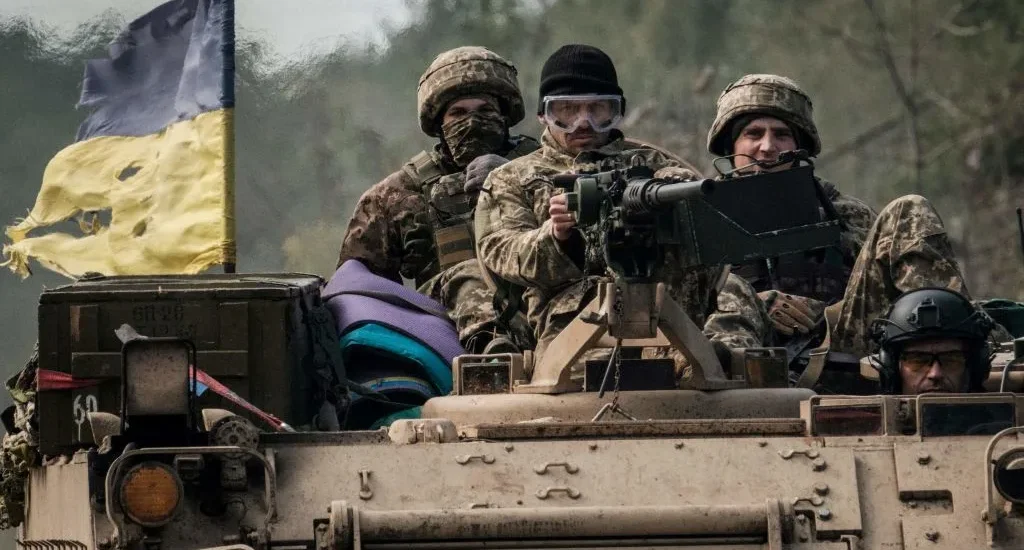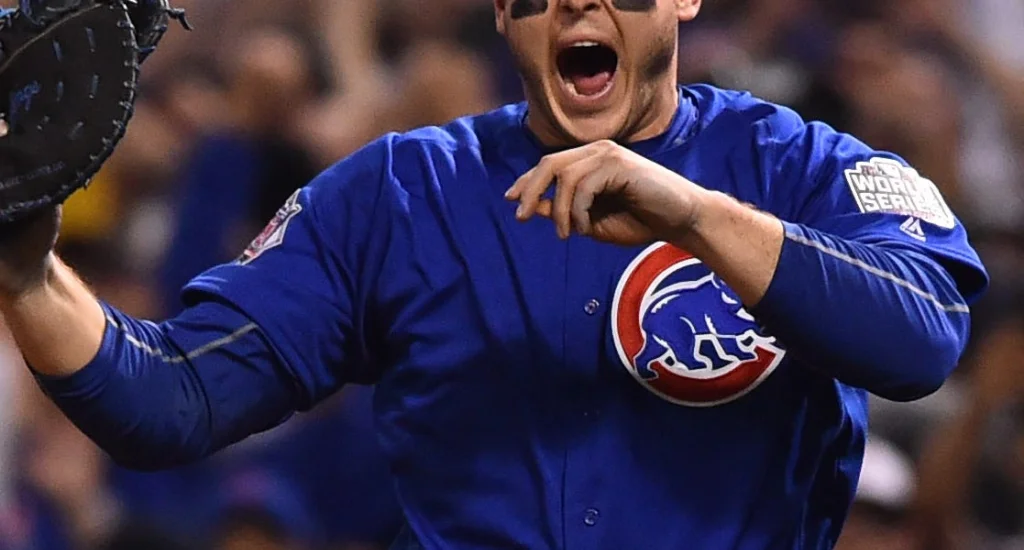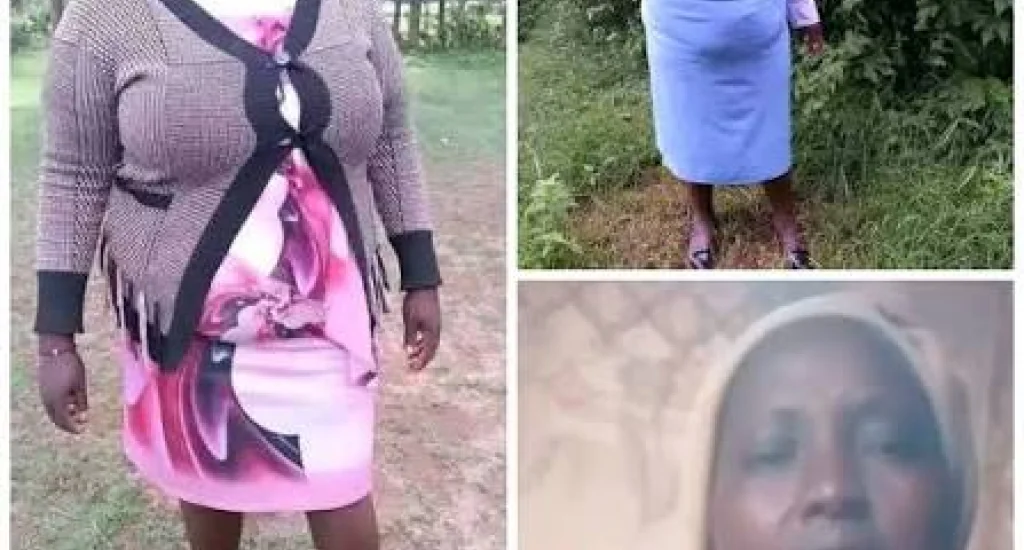
Fermanagh GAA Twitter:
In the waning days of November 2025, as wet leaves cling to the hedgerows along the Fermanagh-Cavan border, something remarkable is happening in the digital space surrounding one of Ireland's smallest GAA counties. The Fermanagh GAA Twitter account has become more than a scoreboard—it's become a lifeline connecting a scattered diaspora to moments of sporting history being written in real time.
For Erne Gaels Belleek, the reigning Fermanagh champions, Saturday evening's dramatic extra-time victory over Kingscourt Stars wasn't just another game. It was the club's first-ever win in Ulster club football, a milestone that sent ripples through social media feeds from Belleek to Boston, from Enniskillen to Sydney.
"Absolute scenes!" one Twitter user posted, echoing the sentiment shared by thousands watching the match unfold through live updates on the @FermanaghGAA account. In an age where physical distance no longer determines emotional proximity, Fermanagh GAA's digital presence has become the connective tissue holding together a community.
A Historic Moment, Amplified
The numbers tell part of the story. Erne Gaels defeated Kingscourt 3-15 to 1-16 after extra time at Kingspan Breffni, securing a semi-final berth against Down powerhouse Kilcoo. But numbers alone can't capture what this means for a club that hadn't won a county title in 43 years before 2024, or for a county that has never lifted the Ulster Senior Football Championship trophy.
The match itself was a thriller worthy of its Twitter traffic. Leading by 13 points in the first half, Erne Gaels watched Kingscourt claw back to force extra time, led by Cian Shekleton's extraordinary 12-point performance. In those additional 20 minutes, the Fermanagh side outscored their opponents 0-7 to 0-2, delivering what manager Declan Bonner called "massive" for the club.
"I think that's the club's first championship victory at this level, in Ulster. That alone is massive." — Declan Bonner, Erne Gaels Manager
Within minutes of the final whistle, the news cascaded across Twitter. Parents in emigrant communities shared it with their children. Former players, scattered across continents by economic necessity, refreshed their feeds compulsively. This is the modern GAA experience—where geography bends to technology, and a small county's triumph becomes a global moment for its people.
The Bonner Effect
Behind this surge in Fermanagh football fortunes stands a man who knows something about building legacies. Declan Bonner, the former Donegal manager who won an All-Ireland as a player in 1992 and led Donegal to Ulster titles in 2018 and 2019, was ratified as Fermanagh's senior football manager in September 2025.
His dual role—managing both Erne Gaels and the county team—creates a unique narrative thread that Twitter users follow obsessively. When Bonner speaks, whether about club or county, his words carry the weight of championship pedigree and the promise of transformation.
"It's been one of those years where every game seems to just be a complete battle," Bonner reflected after the Kingscourt victory, his words quickly shared and reshared across GAA social media. "It was like that right through the Fermanagh championship."
The appointment itself generated significant Twitter engagement. Bonner promised "no half measures" and "one hundred per-cent" commitment, language that resonated with a fanbase hungry for ambition to match their passion. His track record suggested these weren't empty promises.
Small County, Big Dreams
Context matters in understanding Fermanagh GAA's Twitter presence. With just 22 clubs—the second smallest number of any county in Ireland—Fermanagh punches well below its weight in pure numbers. The county has never won an Ulster Senior Football Championship, despite contesting six finals since 1914.
Yet November 2025 feels different. Erne Gaels' Ulster breakthrough, combined with the leadership of Bonner and the promise of renewal at county level, has created a groundswell of optimism that flows primarily through social media channels.
The Fermanagh GAA Twitter account, with its steady stream of updates, fixtures, and celebrations, serves as the central nervous system for this optimism. Every score, every tactical substitution, every post-match quote gets dissected and shared by a community that has waited decades for moments like these.
The Kilcoo Challenge Looms
Of course, optimism must contend with reality. Kilcoo, the Down champions, dispatched Tyrone's Loughmacrory 0-16 to 0-11 on the same November evening, setting up the semi-final clash scheduled for November 22-23.
Kilcoo are favorites—experienced, battle-hardened, and gunning for their third provincial final appearance in four years. Their manager, Martin Corey, offered a measured response when asked about facing Erne Gaels: "We know where we're at, and we know what the external talking is, but we really just focus on our trainings and our next game."
The Twitter discourse around this matchup reveals the duality of the modern GAA supporter's experience. There's hope—Erne Gaels' first-half performance against Kingscourt showed they can compete at this level. But there's also awareness—Bonner himself acknowledged that taking on Kilcoo without key players like the Kelm brothers would be "a tall order."
Ultan Kelm, despite being linked for years with an AFL switch and managing a hip injury this season, came alive with crucial scores in the quarter-final. His brother Aogán matched him with precision and pace. Together, they represent the kind of talent that gives smaller counties hope while simultaneously reminding them how fragile that hope can be.
More Than Scorelines
What makes Fermanagh GAA's Twitter presence compelling extends beyond match results. Earlier in November, the community celebrated raising almost £250,000 at the Ederney Oskars night, a fundraising event that demonstrated how GAA clubs serve as more than athletic organizations—they're social anchors.
Over 600 people packed into the Great Northern Hotel for the Ederney Community Oskars, with proceeds supporting club development. The event, shared widely across Twitter and other platforms, showcased the intersection of community resilience and creative fundraising that defines rural Irish sports.
"Thank you everyone at home and abroad who have really put their energy time and money into this wonderful community project," the club statement read, capturing the diaspora dimension that makes social media so vital for counties like Fermanagh.
The Tactical Dimension
Bonner's tactical approach, shaped by his years managing at the highest levels, adds another layer to Fermanagh's Twitter narrative. His emphasis on possession football, disciplined defensive structures, and clinical finishing created the framework for Erne Gaels' success.
The first-half blitz against Kingscourt—goals from Odhran Johnston, Ultan Kelm, and Jack McCann—demonstrated the kind of ruthless efficiency that Ulster football demands. When Twitter users analyze these performances, they're not just celebrating victories; they're recognizing the professionalization of football in counties traditionally seen as also-rans.
Paul Brennan, Bonner's former Donegal player now serving as his coach, brings additional credibility. His work with the team, documented through training session snippets and tactical observations shared on social media, reveals a modern, analytics-informed approach that feels a world away from the amateur structures of previous generations.
Personal Stories, Public Grief
Not all Twitter moments celebrate triumph. When Erne Gaels captain Ryan Lyons' brother Mark passed away before the county final replay, the outpouring of support on social media revealed the GAA community at its most human. Bonner spoke candidly about how the loss affected preparation and performance, acknowledging that some things matter more than football.
These moments of vulnerability, shared across Twitter feeds and Facebook pages, create deeper connections than any trophy could. They remind followers that behind every score update and tactical analysis are real people navigating real grief, real joy, real stakes.
The Broader Ulster Picture
Fermanagh's story unfolds within a competitive Ulster club landscape. While Erne Gaels made history, other counties experienced their own dramas. Monaghan's Scotstown, Donegal's Naomh Conaill, and Armagh representatives all advanced through their respective ties, each generating their own social media narratives.
Yet Fermanagh's breakthrough carries special weight. Like an underdog sports story anywhere, it offers hope to communities that wonder if their moment will ever arrive. When smaller counties succeed, Twitter amplifies not just their victory but the possibility that geography and population don't predetermine destiny.
Looking Ahead
As November 2025 draws toward December, Fermanagh GAA's Twitter account continues its steady drumbeat of updates. Fixture announcements for the Kilcoo clash. Training session reports. Community fundraisers. Youth development news. Each post reinforces the ecosystem that sustains rural Irish sport.
Bonner's presence ensures continued attention. His challenge—balancing club commitments with county rebuilding—creates narrative tension that social media followers will track obsessively through the winter and into 2026. Will he deliver on his promises? Can Erne Gaels compete with Kilcoo? How quickly can he transform Fermanagh's fortunes at inter-county level?
These questions don't have answers yet. But they have an audience—thousands of Twitter followers scattered across time zones, united by county pride and the hope that comes with new beginnings.
The Diaspora Dimension
Perhaps the most poignant aspect of Fermanagh GAA's Twitter presence is how it serves emigrants. For every person watching games live in Brewster Park, dozens more refresh their feeds in London, New York, Sydney, Toronto. Economic realities have scattered Fermanagh's children across the globe, but social media collapses that distance.
When Erne Gaels scored their opening goal against Kingscourt, Twitter ensured that a construction worker in Boston knew about it within seconds. When the final whistle blew after extra time, a nurse in Melbourne could celebrate with her neighbors still in Belleek. This is the modern Irish experience—community maintained through digital threads when physical proximity isn't possible.
The Fermanagh GAA account doesn't just report scores; it maintains connections. It reminds emigrants why they left and why they care. It gives their children, born in foreign countries, a window into the culture their parents carry in their hearts.
The Human Algorithm
Behind every tweet, someone makes a choice about what matters. Which matches deserve live updates? Which community events warrant promotion? Which player stories need telling? These curatorial decisions shape how a county presents itself to the world.
Fermanagh's Twitter presence reflects an understanding that small counties can't compete on population or resources, but they can compete on story. Every underdog victory, every community fundraiser, every player development success becomes content that resonates because it's authentic.
There's no manufactured controversy here, no clickbait outrage. Just a steady chronicle of a community trying to build something sustainable—on the field and off it. In an era of algorithmic manipulation and engagement farming, that authenticity matters.
What Victory Would Mean
Should Erne Gaels somehow defeat Kilcoo on November 22-23, the Twitter explosion would be seismic. Not just in Fermanagh, but across smaller GAA counties everywhere. It would prove that infrastructure and population aren't destiny, that good coaching and community commitment can overcome structural disadvantages.
But even without victory, something important has already happened. Fermanagh GAA has reminded itself and others that small doesn't mean insignificant. That 22 clubs can produce moments worth celebrating. That history gets made in Breffni Park as surely as in Croke Park.
And Twitter has ensured that everyone who cares—across counties and continents—can witness it unfold in real time.
The Bonner Blueprint
Declan Bonner's appointment represents more than just hiring a manager. It signals ambition—a county saying we want more than participation, we want success. His Twitter presence, though less active than the county account, carries weight. When he speaks about processes, about development pathways, about competing with dignity and determination, people listen.
"For now, it's just about getting the squad together," Bonner told the Fermanagh Herald after his appointment. "It has to be one hundred per-cent because it's high performance sport at inter-county level."
That professionalism, that refusal to accept lower standards simply because of county size, resonates on social media. It suggests a seriousness of purpose that Fermanagh supporters have craved for decades.
The Bigger Picture
November 2025 will be remembered in Fermanagh GAA lore. The month Erne Gaels won in Ulster. The month before the Kilcoo challenge. The month when possibility felt tangible rather than abstract.
Through it all, Twitter served as witness, amplifier, and connector. It documented not just what happened but what it meant—to players, to families, to emigrants, to a county that has spent decades watching other places celebrate.
Success in any field requires belief, and belief requires evidence. Fermanagh GAA's Twitter presence provides that evidence, moment by documented moment. It shows progress is possible. It proves community persists despite economic forces trying to scatter it.
The Kilcoo match will come. Win or lose, Fermanagh GAA will tweet about it. Thousands will follow along, their hearts racing, their hope flickering, their connections to home reaffirmed through the simple act of refreshing a feed.
That's the power of modern sports media in small counties—not to make everyone winners, but to ensure everyone feels part of the story. And in November 2025, Fermanagh's story is worth following.
"We're all human beings and mistakes can be made, but we learn from them and we move forward." — Declan Bonner, reflecting on growth and resilience
As the rain continues to fall on the Fermanagh hills and the Erne continues its ancient journey to the Atlantic, something intangible but real has shifted. A county has remembered what it feels like to believe. And Twitter has ensured that belief travels—to every townland, every emigrant community, every heart that still beats green and white despite the years and miles.
The semi-final awaits. The future remains unwritten. But for now, in November 2025, Fermanagh GAA's Twitter feed tells a story of hope, history, and the enduring power of community in a digital age.
Related Articles




